Restaurant Staff Hiring: Key Points
- Clear restaurant staff roles reduce turnover — employees with role clarity are 84% more likely to stay.
- Referral programs and local outreach fill roles faster, especially with phrases like “we are hiring restaurant staff.”
- Mobile-friendly hiring tools improve candidate experience, yet only 58% receive confirmation messages.
- Structured onboarding boosts retention by 82% and productivity by 70%, making it vital for long-term staffing.
This comprehensive guide explores the complexities of restaurant staff hiring, offering practical strategies and innovative approaches to help you find restaurant staff quickly, whether you're hiring cafe staff, waiters or kitchen crew.
6 Strategies for Restaurant Staff Hiring
.jpg)
Hiring restaurant staff goes beyond filling positions — it’s about building a team that delivers great service, smooth operations and a welcoming atmosphere.
These strategies help managers recruit and retain top talent, creating a team that thrives under pressure and ensures excellence.
1. Identify Key Roles in Your Restaurant
Before diving into the hiring process, you must clearly understand the roles you need to fill across front-of-house (FOH), back-of-house (BOH) and management and administrative positions.
Each role contributes uniquely to the overall operation and guest experience, ensuring your restaurant runs smoothly and delivers exceptional service.
Front-of-House Positions:
| Position | Description |
|---|---|
| Host | Creates the first impression by managing reservations and seating guests. |
| Server | Ensures guest satisfaction by taking orders and providing smooth, attentive service. |
| Bartender | Skilled in mixology and essential for restaurants with bar service. |
Back-of-House Positions:
| Position | Description |
|---|---|
| Chef | From Executive Chef to Line Cooks, these roles are vital for food quality and consistency. |
| Prep Cook | Handles food preparation, ensuring ingredients are ready for service. |
| Dishwasher | Essential for maintaining kitchen hygiene and efficiency. |
Management and Administrative Positions:
| Position | Description |
|---|---|
| General Manager | Oversees all aspects of restaurant operations. |
| Assistant Manager | Supports the General Manager and often focuses on specific areas like scheduling or inventory. |
| Kitchen Manager | Supervises back‑of‑house staff, ensuring efficient kitchen operations and food quality. |
2. Develop an Effective Job Description
A clear restaurant staff job description helps attract the right candidates and reduce turnover.
Be specific about duties (e.g., “collaborate with kitchen staff”) and list realistic qualifications to encourage strong applicants.
Highlight your restaurant’s culture, concept and values, and include details like schedule, pay and benefits.
Employees with role clarity are 84% more likely to stay, making job descriptions a key tool in hiring restaurant employees and keeping your team stable.
3. Implement Innovative Recruitment Strategies
In a competitive market, restaurants need more than traditional methods to stand out. Use social media to showcase your culture and post phrases like “we are hiring restaurant staff” or “urgent hiring restaurant staff” to reach more candidates.
Host recruitment events or partner with local culinary schools to meet potential hires in person. A strong employee referral program can also bring in quality applicants through trusted networks.
If you need roles filled quickly, consider a restaurant employment agency or restaurant staff hiring agency. Searching for a restaurant employment agency near me can connect you with pre-vetted local talent for FOH or kitchen positions.
4. Streamline the Application Process
An easy, mobile-friendly application process helps attract more candidates — a must for hiring restaurant employees and improving recruitment for restaurant staff. Allow applicants to apply via smartphone, upload resumes from cloud storage or use social media profiles.
Use automated screening tools and pre-screening questions to quickly identify qualified applicants. Set up auto-replies to confirm submissions and keep candidates engaged — only 58% receive a simple "thank you" message.
To further improve communication, consider using chatbots on your careers page to answer common questions about the application process or available positions. These tools provide instant support to potential applicants and create a more seamless, positive experience with your brand.
5. Conduct Effective Interviews
To hire the right restaurant staff — from FOH to restaurant kitchen staff jobs — use structured interviews and practical assessments like role-play or cooking tests. You may also meet qualified applicants through restaurant staff jobs near me listings or walk-ins. Trial shifts and team involvement help ensure a strong fit.
6. Onboard and Train New Hires
Strong onboarding sets new hires up for success and reduces turnover. Use a structured training program, role-specific modules, and mentor support to help new restaurant employees adapt quickly. With the right onboarding, companies see 82% higher retention and greater team productivity.
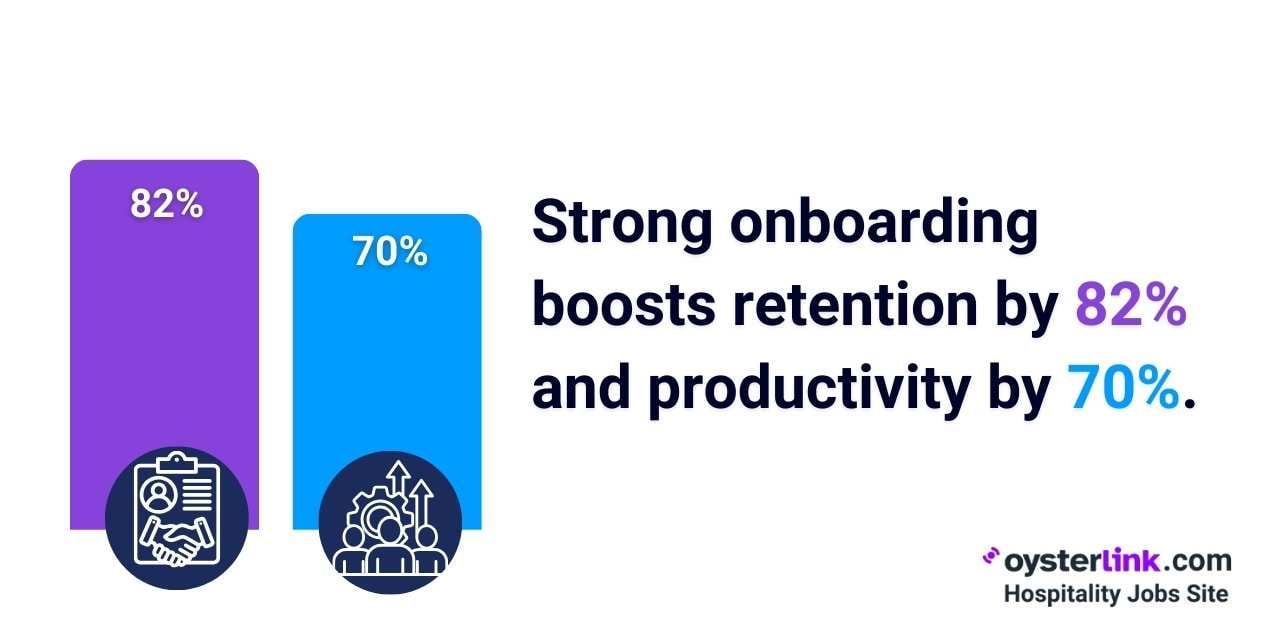
By dedicating time and resources to a robust onboarding program, you not only set your new hires up for success but also strengthen your team’s overall performance and cohesion, paving the way for long-term growth and stability in your restaurant.
Restaurant Staff Hiring: Legal Considerations
Understanding the legal aspects of hiring is crucial for protecting your business and ensuring fair treatment of all applicants and employees. Stay informed about relevant laws and regulations to avoid potential legal issues.
Non-discrimination practices
Ensure your hiring practices comply with anti-discrimination laws. This includes:
- Using inclusive language in job postings
- Avoiding questions about protected characteristics during interviews
- Making hiring decisions based solely on job-related criteria
Train all staff involved in the hiring process on proper interview techniques and legal considerations. This helps prevent unintentional discrimination and promotes fair hiring practices.
Work authorization and documentation
Verify that all new hires are legally authorized to work in the country. This typically involves:
- Completing I-9 forms for all new employees
- Properly documenting and storing employment eligibility information
- Using E-Verify if required in your state or for certain federal contracts
Stay informed about any changes to immigration laws or work authorization requirements that may affect your hiring practices.
Wage and hour compliance
Ensure your compensation practices comply with federal, state and local wage and hour laws. This includes:
- Properly classifying employees as exempt or non-exempt
- Following minimum wage and overtime regulations
- Complying with any applicable predictive scheduling laws
Be aware of any industry-specific regulations, such as tip credit rules or youth employment restrictions, that may apply to your restaurant.
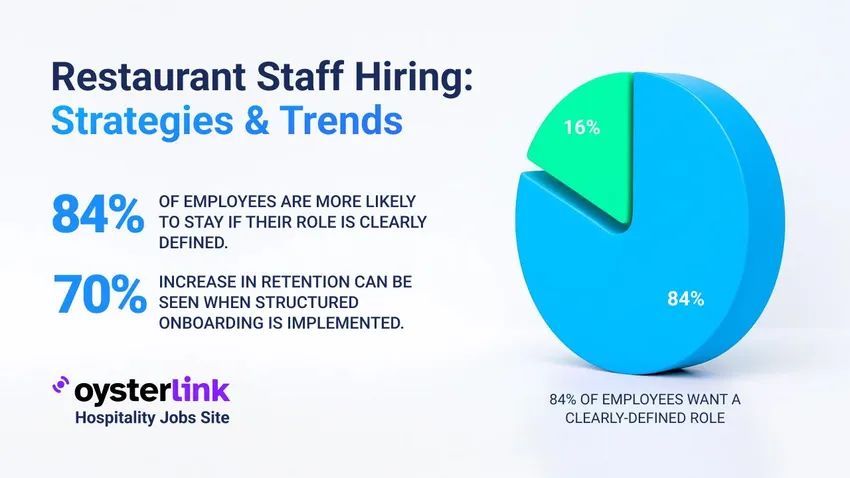




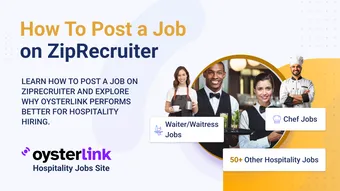

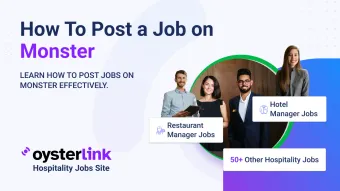
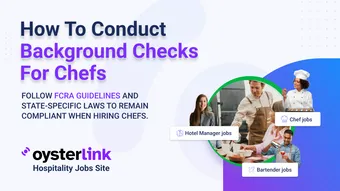


Loading comments...